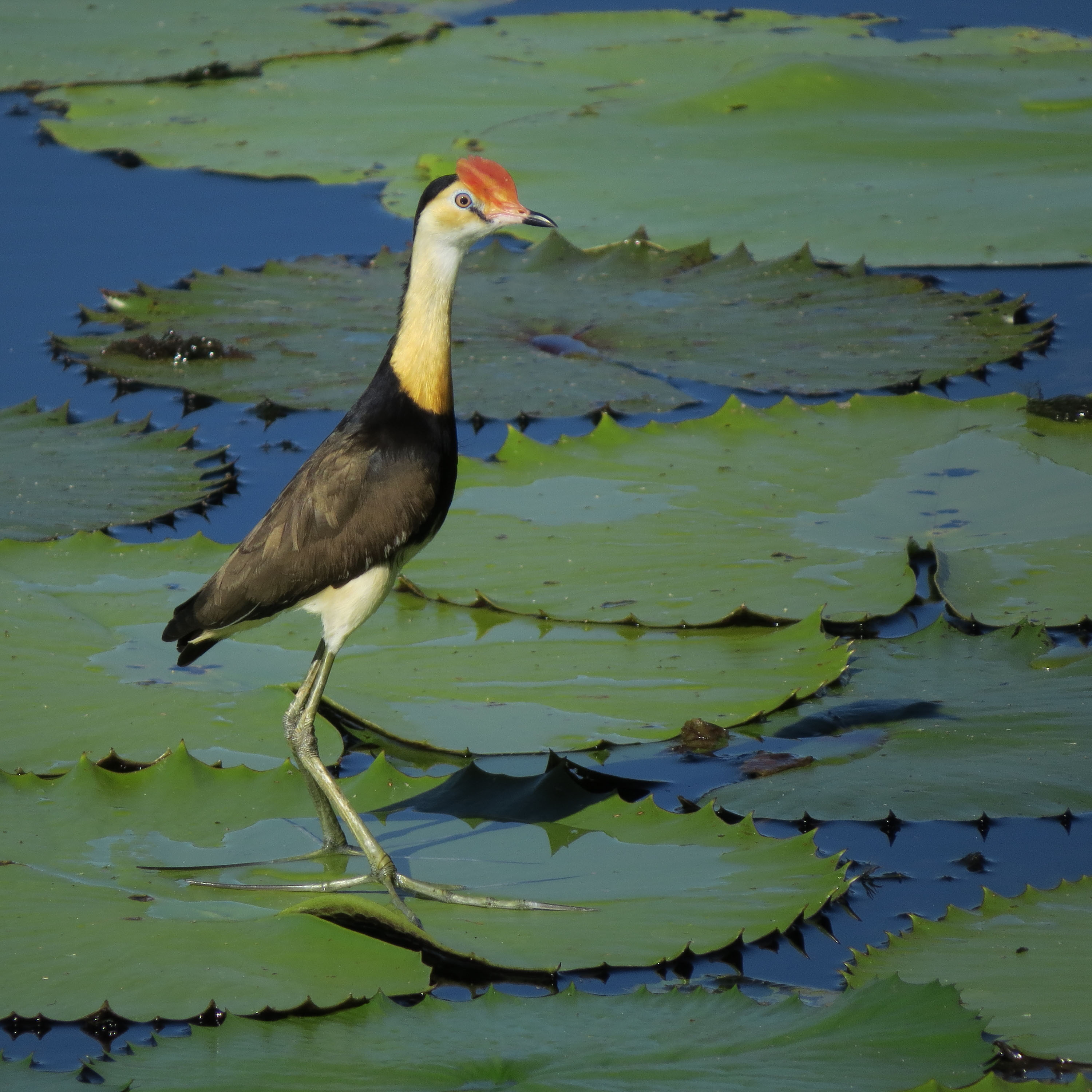
Comb-crested jacana (Photo: Len Ezzy)
A day to celebrate our magnificent wetlands
World Wetlands Day on Sunday 2 February is a chance to reflect on the importance of wetlands.
Not only do these precious water bodies offer us a opportunities to fish, boat or swim, they also provide other benefits such as critical fish and migratory bird habitat, and protection for corals and seagrasses by filtering nutrients and chemicals before they reach the ocean.
The Lower Burdekin region boasts outstanding natural wetlands, including those at Bowling Green Bay, which are considered of international importance.
For more than a decade, NQ Dry Tropics has worked together with local landholders, Burdekin Shire Council and Lower Burdekin Water to protect wetlands – and the native species that rely on them.
Senior Project Officer Scott Fry said managing outbreaks of harmful aquatic weeds, such as typha, more commonly known as bullrush, or cumbungi, was a major challenge.
“If typha isn’t properly controlled, it covers, or chokes, the entire creek surface,” Mr Fry said.
“This restricts wader bird access to food, and prevents native fish such as barramundi and mangrove jack from migrating between freshwater and the sea to breed.
“As typha decomposes, it uses up oxygen, contributing to fish kills and reducing the quality of water flowing out to the Great Barrier Reef.
“Removing it opens up the waterway to restore habitat, protect against localised flooding, and improve irrigation efficiency to water board customers,” he said.
Local creek systems targeted for action in recent years have included Sheepstation, Saltwater, Plantation and Merryplain.
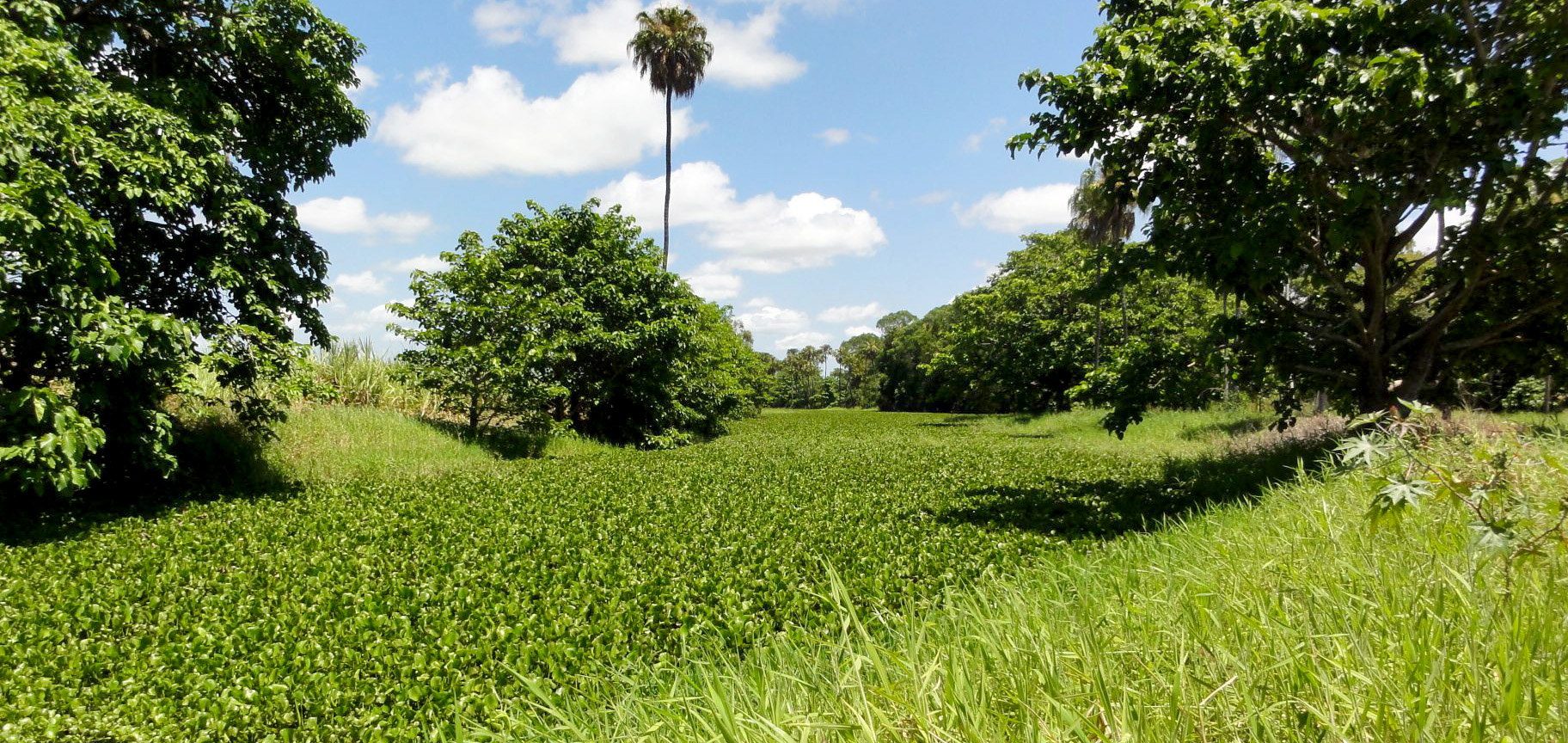
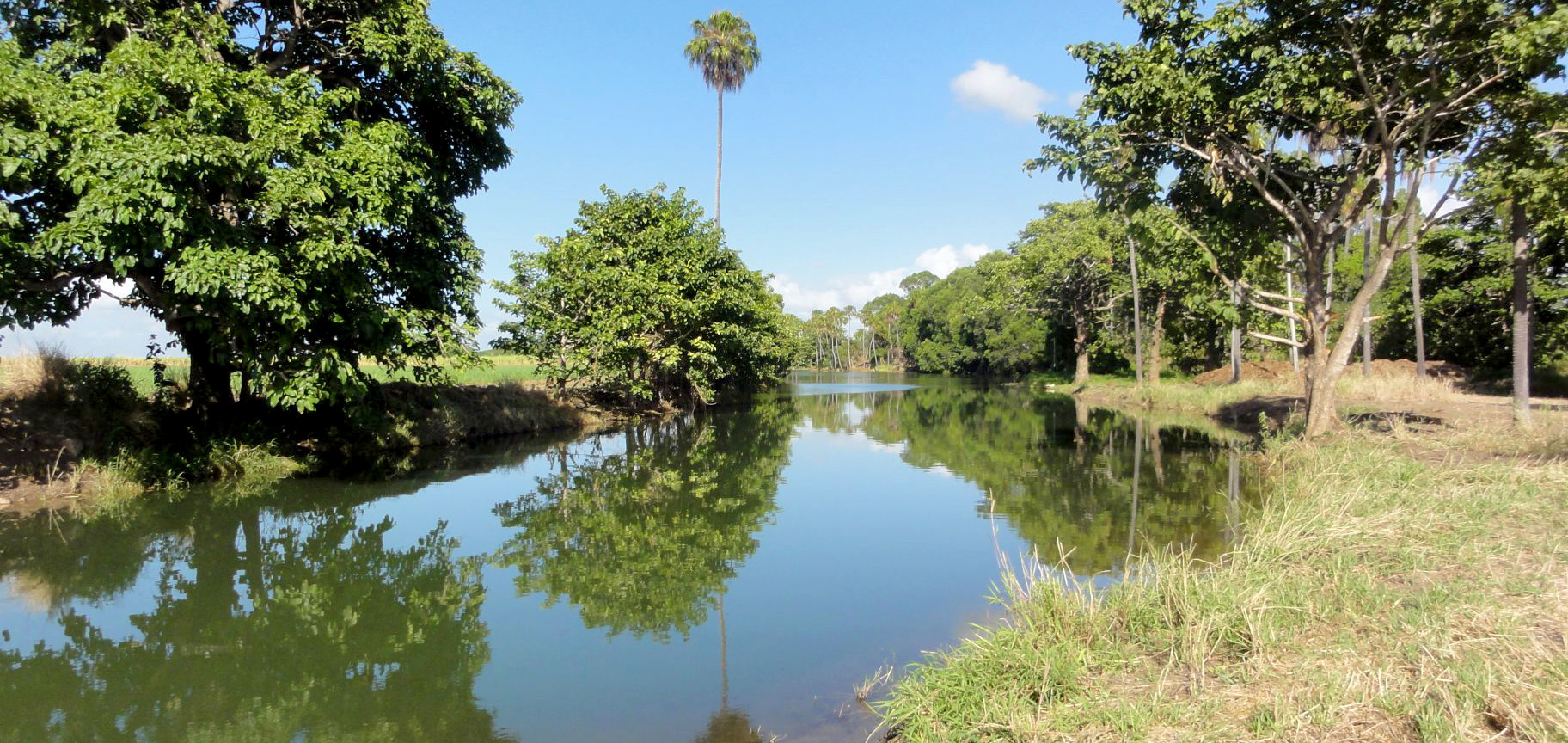
Plantation Creek was choked with weeds
Plantation Creek after weed removal work
And Mr Fry said maintaining healthy wetlands also benefited local agriculture by preventing coot populations from getting out of control.
“Coots are the third-biggest pest to sugar cane in the Burdekin and directly affect production,” he said.
“A healthy wetland might include 10 pairs of coots, but they build enormous flocks very quickly, particularly following an infestation of typha.
“The coots cause havoc in sugar cane crops, picking out young cane shoots and tying growing cane tips together to nest,” he said.
Mr Fry said fertiliser run off caused aquatic weeds to proliferate, and local cane growers with properties adjoining wetlands had been working hard to reduce levels of nitrogen leaving their farms.
“Many have also signed up to Riperian Management Agreements (RMA), which represent a joint commitment between landholders, council, NQ Dry Tropics and Lower Burdekin Water to maintain healthy wetlands so they can be enjoyed by the community now and in the future,” he said.
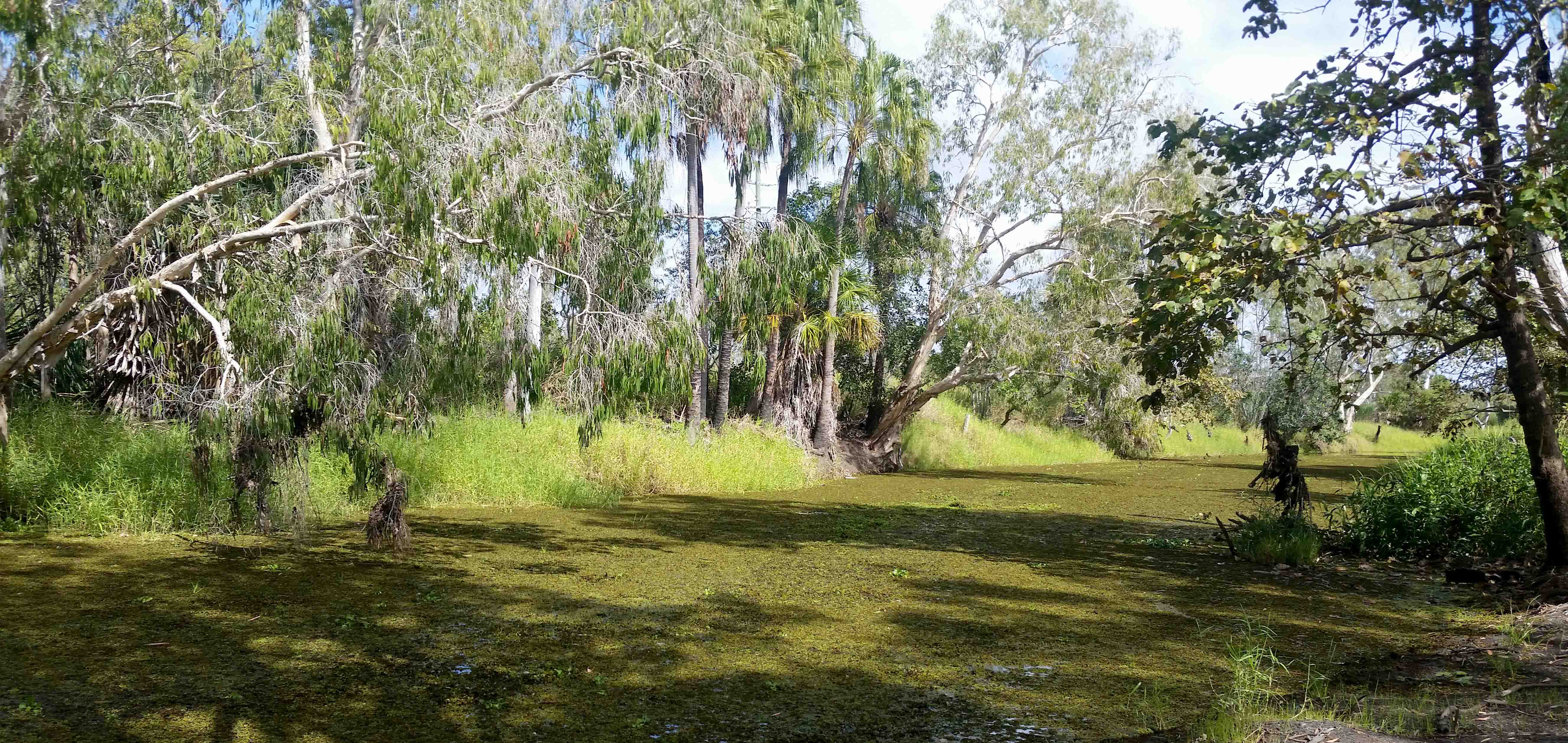
Saltwater Creek before
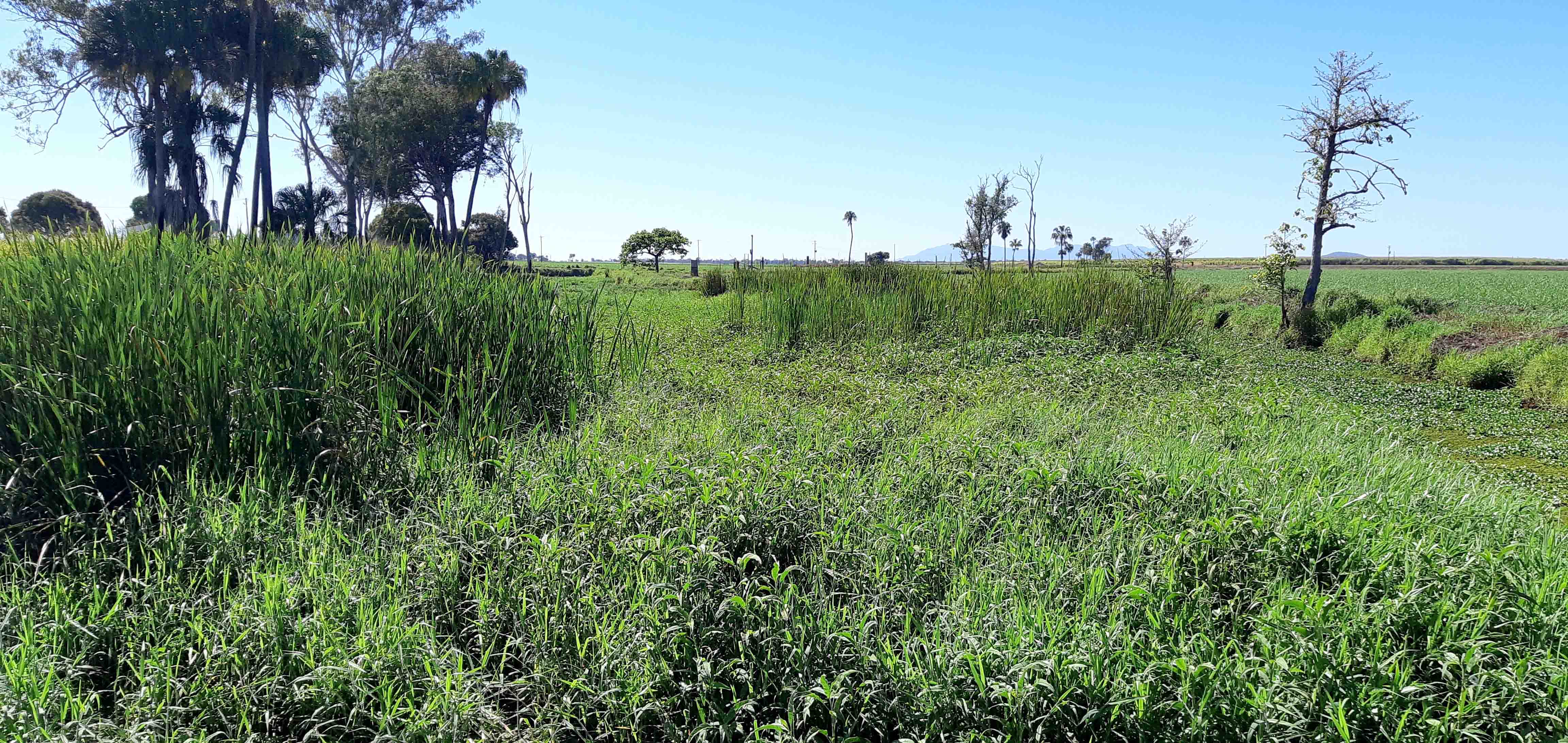
Merryplain Creek before
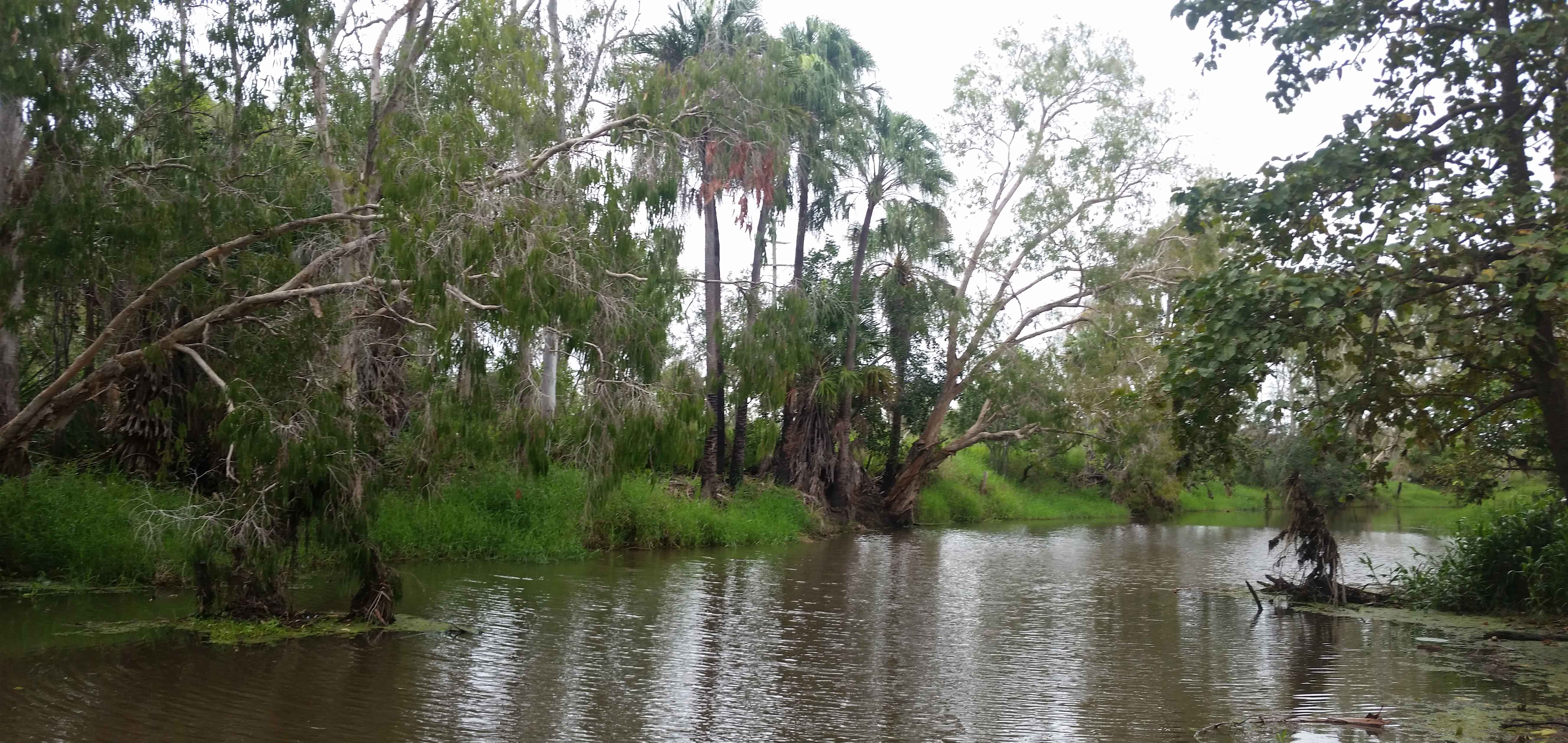
Saltwater Creek after
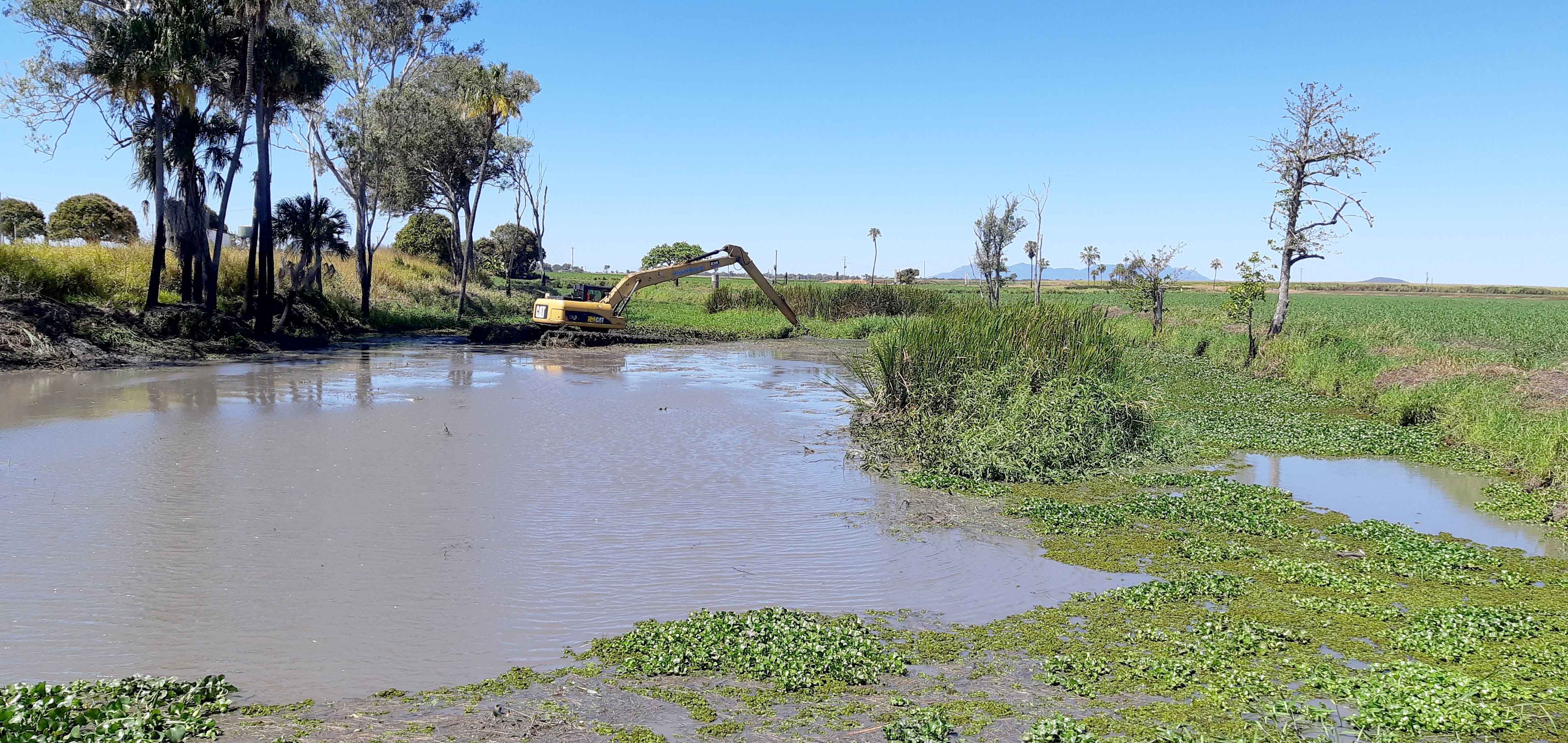
Merryplain Creek during weed removal work
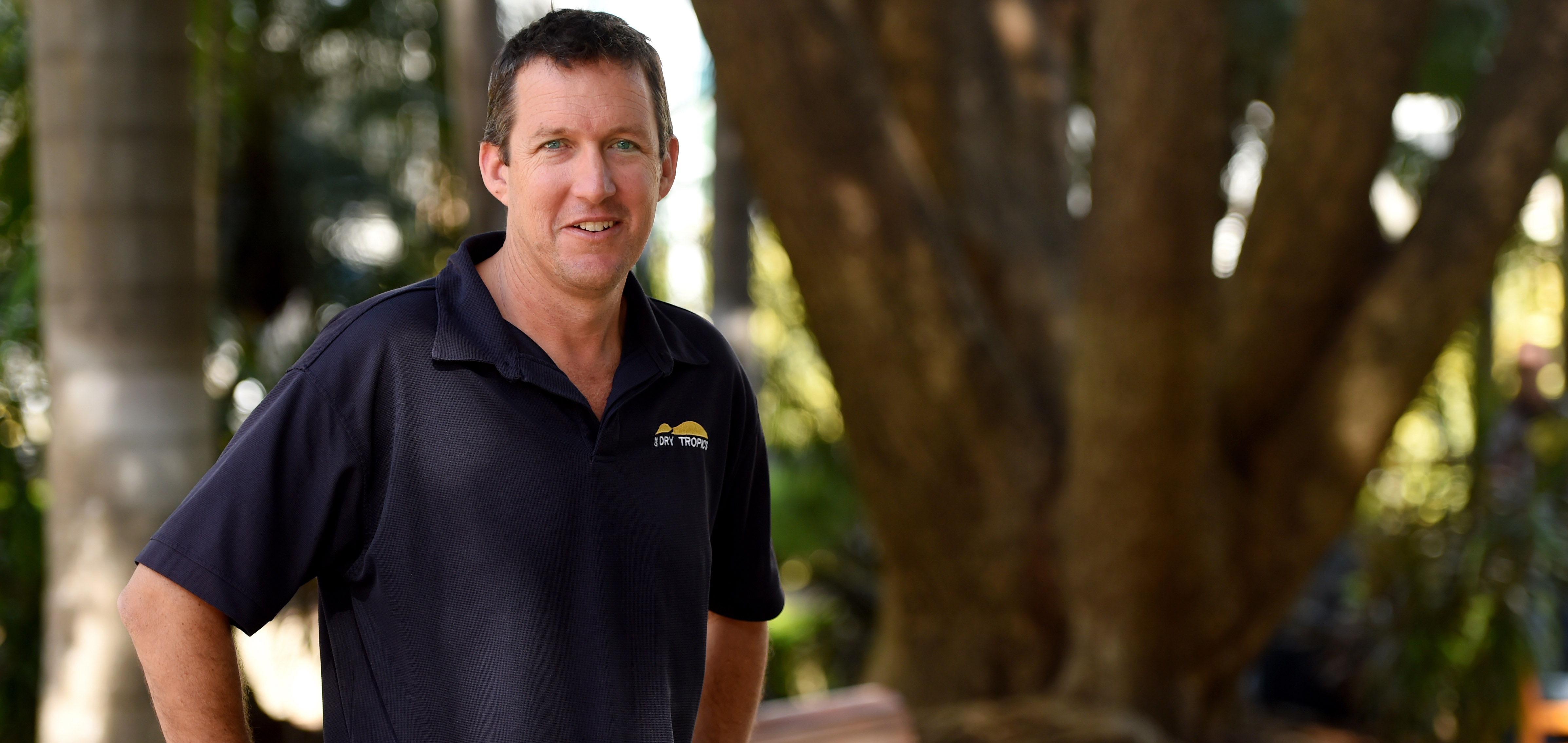
NQ Dry Tropics Senior Project Officer Scott Fry

